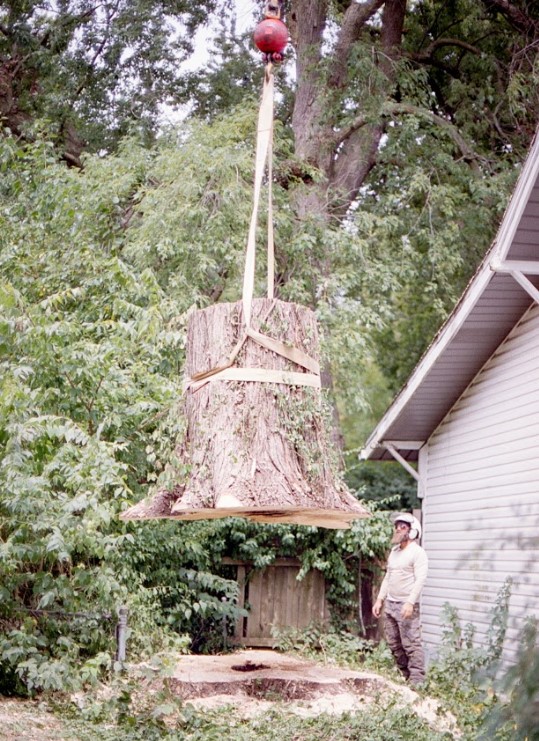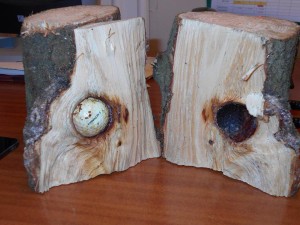The decision surrounding tree removal can be a difficult one. Sometimes a tree can be saved, but unfortunately other times it needs to be removed. This can depend on a number of factors, including but not limited to tree vitality, tree location in the yard, possible damage to the tree, and/or tree type. Here at All About Trees, we pride ourselves on being able to accurately help the customer make an informed decision for their trees.

Crane assisted silver maple removal
Watch the video for more information on tree removal.
Transcript for video:
When is it time to cut down a tree? If you know Noel, then you know he hates to be the undertaker when it comes to cutting down trees.
Yet, you also know that he hates to see someone waste time and money on a tree that’s become more of a liability than an asset.
The biggest reason we have tree removal is that it’s the wrong tree in the wrong place. Every week we are called to remove what could have been a marvelous tree, except it was planted too close to the house, or the power lines or the driveway or other structures.
So let’s always think about the future when we talk about your trees and address the questions that matter in the long run.
“Will this tree work in this spot?”
“Will it be likely to cause damage to my property?”
“Can we direct the growth away from the house now while it’s young or would we be better off to just remove it and plant the tree that really belongs here?”
Answering these questions before prescribing tree work will lead us to a healthier, safer, and more beautiful urban forest.
[End of Transcript]
If you are interested in removing a Bradford pear from your yard, you can learn more here.



